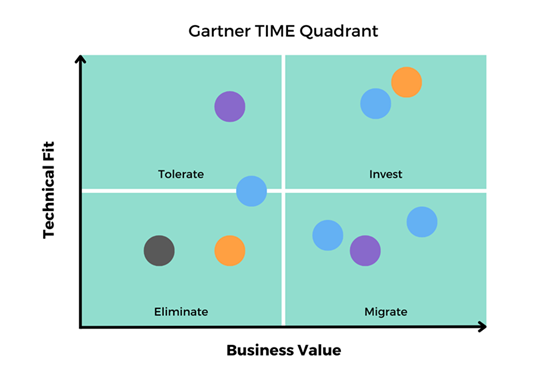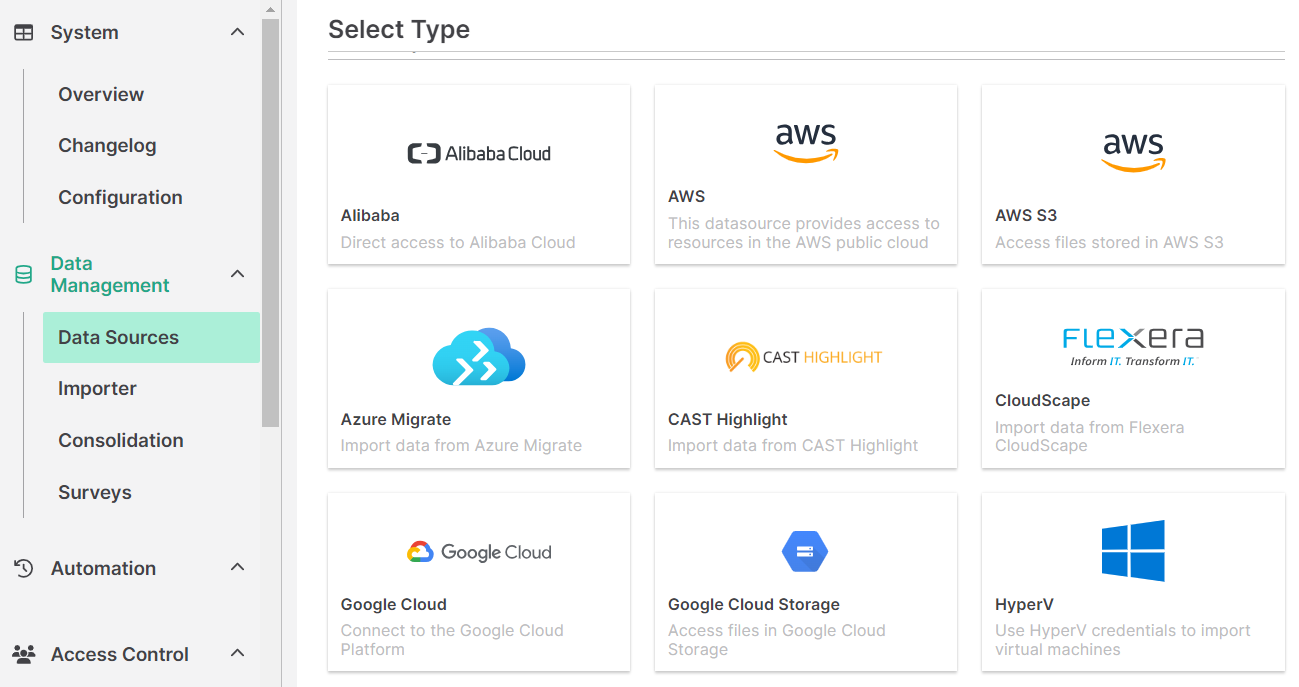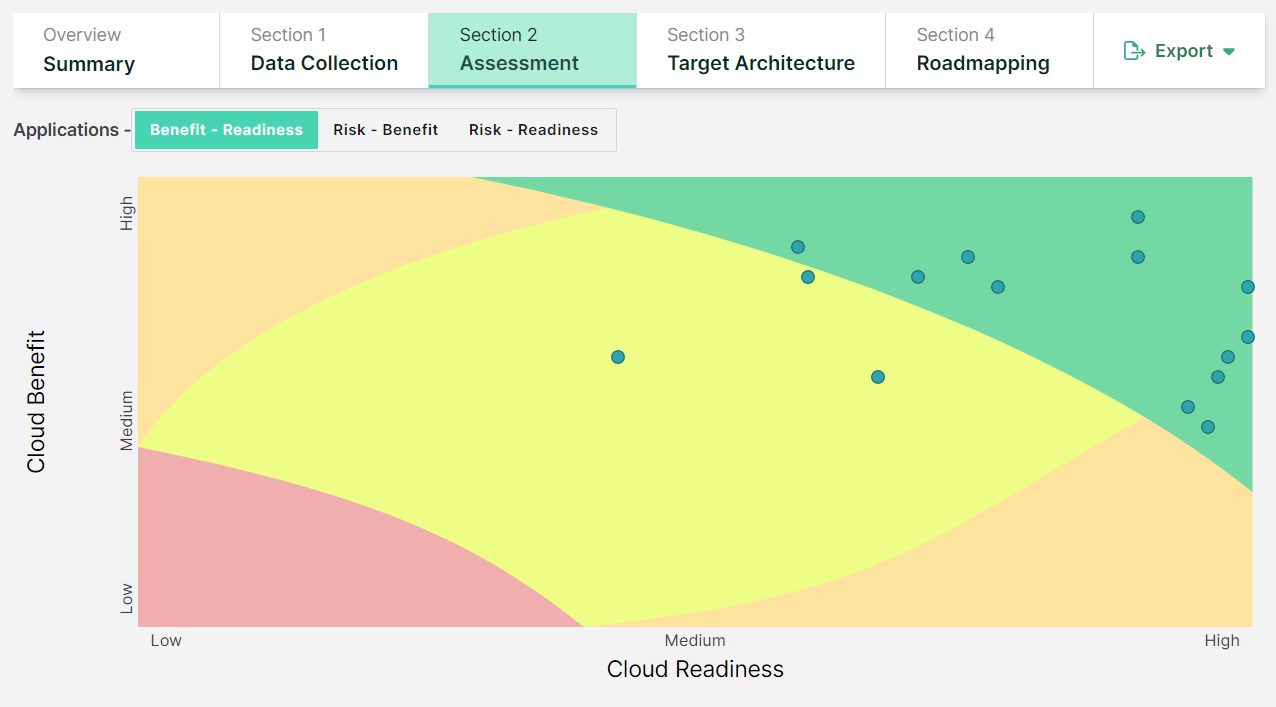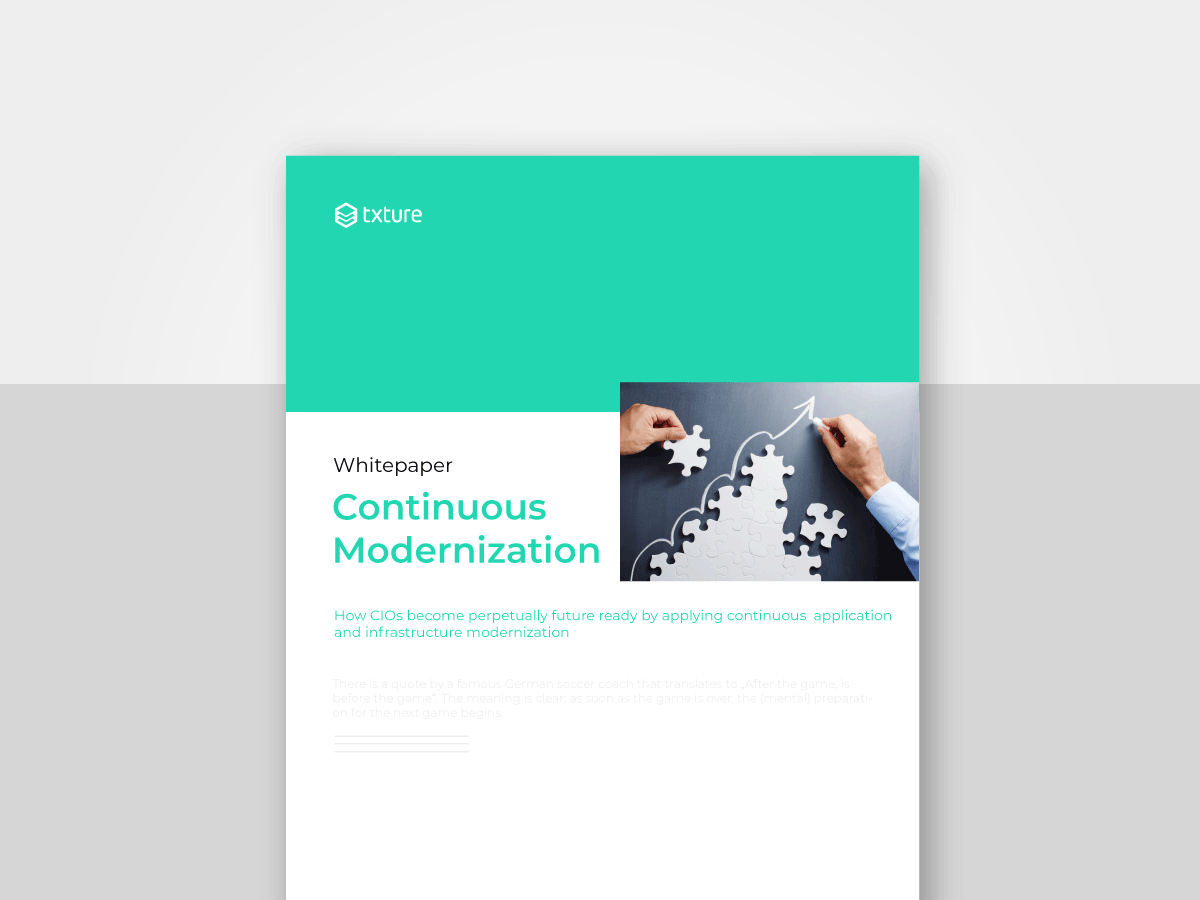Application rationalization - all you need to know

As the goals and priorities of an organization regularly evolve, and as technologies get outdated or inadequate, companies need to regularly check if their applications are still a good fit, both from a technical and a business point of view.
In this article, we discuss the process of application rationalization. What are the angles to consider when reviewing an application? How to collect and maintain the right information about your application portfolio? And how to make it a continuous process, in order to optimally serve the operations of your business? This is what we’ll explore in the following.
Why application rationalization?
Leaving aside the technical aspects for a moment, let's remember the obvious: the purpose of an application is to support the organization (or a specific team) in achieving a specific business goal. Therefore, the main value of a strong rationalization program is to continuously assess your entire application portfolio, and make sure that each application is still a valuable and efficient tool for the business.
Business priorities are evolving. Recently, for example, the sustainability topic is gaining traction across organizations worldwide. If your business has decided, as a priority, to become carbon neutral within the next 10 years, this affects technology decisions. Applications that were a good fit (because of lower costs, for instance), might be re-assessed and replaced, as their carbon footprint is not suitable for your sustainability goals.
Another dimension of application rationalization is the replacement of legacy systems. Parts of your application portfolio will become outdated: it can be because the technologies are coming to end-of-life and need to be changed.
Rationalization decisions should also be driven according to your modernization goals, and what your organization considers as legacy. Legacy does not refer to a specific type of technology or implies an opposition against on-premises workloads versus cloud services. The definition of legacy systems depends on the specific IT strategy of your organization. Some businesses might consider their mainframe systems as legacy, while others will already see their IaaS workloads as legacy.
Gartner TIME framework for application portfolio management
When it comes to decision-making in the rationalization process, a well-known model is the “TIME” framework, developed by Gartner. In this model, both the technical fit and the functional fit of applications are calculated. This results in a quadrant where applications fall under 4 different categories.

Tolerate
Some applications are a good technical fit for the organization, they are working effectively, and don’t require a lot of maintenance. From a functional perspective, they are providing some value but are not critical for the business operations. These applications fall under the “Tolerate” category: they are good enough to be maintained as-is, but are not important enough to spend time and resources on their improvement.
Invest
These applications are also a good technical fit, but in this case, they are contributing to achieve the key goals of your organization. They are both optimal from a technical and a business standpoint. The decision is generally to invest in these applications to keep optimizing their architecture, connect them to other systems, and expand their use inside the organization.
Migrate
Some applications are heavily used and provide real value to the business, but they are not a great fit technically speaking. For instance, their architecture might be too complex and require a lot of support from the IT. These applications should be kept, as they provide value, but they should be redesigned in order to work more efficiently. They fall under the “Migrate” category.
Eliminate
The last category is about the applications that are not providing a significant value to the organization, and are not a good technical fit either. These low quality, low business value applications should be removed from your organization’s IT portfolio to improve cost efficiency and reduce risk surfaces.
Challenges of application rationalization

Maintain up-to-date information about your applications
Assessing applications and defining if they still fit their business purpose is not a one-off project, but a continuous process. Hence, it needs to be powered by up-to-date data about the application’s current state and performance. The difficulty is to implement the right processes, and have the right supporting tools, so that data is regularly maintained, and that the assessment is not based on incomplete, or outdated information.
Align the IT modernization roadmap with your business goals
Application rationalization is a complex process, as it needs to encompass all aspects of a business strategy. Beyond goals like cost-effectiveness or innovation, it also involves the requirements of departments like legal, compliance, and also sustainability as mentioned earlier. Hence, the process of rationalization goes beyond collaborating with the application owner. It takes the input of knowledgeable stakeholders from many teams in your organization.
Find the right replacement options
Refactoring, rehosting or replacing applications comes with a comparison of technology, especially cloud services, in order to identify the best fit. Feature parity should be checked, as well as a lot of criteria such as the price and pricing options, the carbon footprint, and also the compliance certification of the cloud services. Cloud vendors’ catalogs are quite extensive, and not presented in the same way from one provider to another, which can make the comparison time-consuming and complex.
The process of application rationalization in Txture
At Txture, we created a software platform to provide organizations with a smooth and streamlined process when assessing their applications and making their modernization decisions. Our platform is used by organizations as well as large consulting firms such as Accenture, Deloitte and Nordcloud to bring speed and efficiency to their cloud transformation and modernization projects. Txture is also used by Google to support their clients in their migration to GCP. In this last section, we discuss how the platform can accelerate and simplify your application rationalization process.
Collecting and maintaining data about your applications
The first step of the process is to collect the relevant data about your applications. It is made easier in the Txture platform, thanks to a wide range of connectors that allow you to ingest information from the typical data sources. This includes generic sources as well as CMDBs, infrastructure discovery solutions, EAM tools, but also APIs from the main cloud providers.
When data is missing or incomplete, the survey option allows you to easily reach out to stakeholders in your organization. Application owners can also directly access the platform and add their information.
Scheduled data imports allow you to continuously synchronize the information and make sure you make your application assessments based on the latest data.

Continuously assessing your applications
The assessment process in Txture has been designed to help you develop a 360° view of your applications. Based on the information and the preferences you defined, the platform generates several scores for a complete assessment.
The cloud benefit score highlights the potential of modernizing an application, while the cloud risk score reflects the potential challenges for modernization (it can be from a technical perspective, but also from a cost, compliance or sustainability standpoint).
The platform allows you to visualize the progress of your application portfolio rationalization, and highlights the applications that were not reconsidered for a certain timeframe. The reports also show you the categorization of your applications based on the TIME quadrant.
With the information collected about the technical infrastructure, the platform directly warns you when a technology will soon be outdated and should be replaced.

Compare cloud services and make the right modernization decisions
Based on your preferences and specific requirements, the Txture platform also comes up with automated proposals for replacements. This is based on Cloud Insider, our cloud knowledge engine compiling information about all products from the main cloud vendors.
The proposals generated by the platform empower you to compare relevant cloud replacements based on a large set of criteria such as the features, prices, compliance certifications as well as carbon emissions. This way, you can make the right replacement decisions for your applications way faster.
For a deeper explanation of the importance of continuous modernization, take a look at our dedicated whitepaper:

Whitepaper: Continuous Modernization
Are you in the process of application rationalization?
If you want to learn more about how the Txture platform can help you manage your application portfolio and make the right decisions for modernization and rationalization, reach out to us:
Related posts
29.4.2025Application ModernizationDefine your scope for IT modernization2.3.2025
Cloud StrategySelecting the right cloud data center for hosting your workloads27.6.2024
Cloud optimizationA great driver to maximize cloud value: moving to instances with modern processors 24.5.2024
Cloud Knowledge5 best practices to manage change during a cloud transformation5.4.2024
Generative AIHow to welcome Generative AI into your existing tech ecosystem
